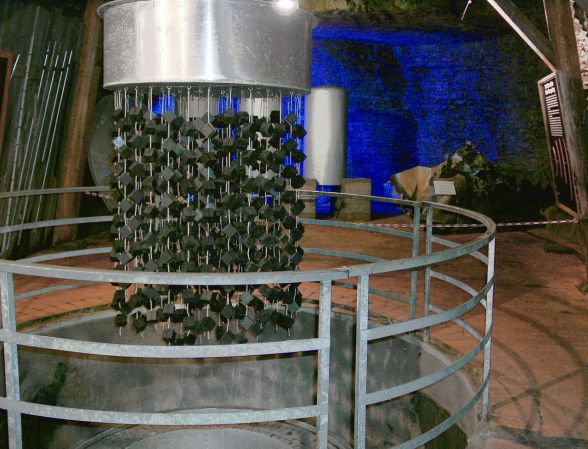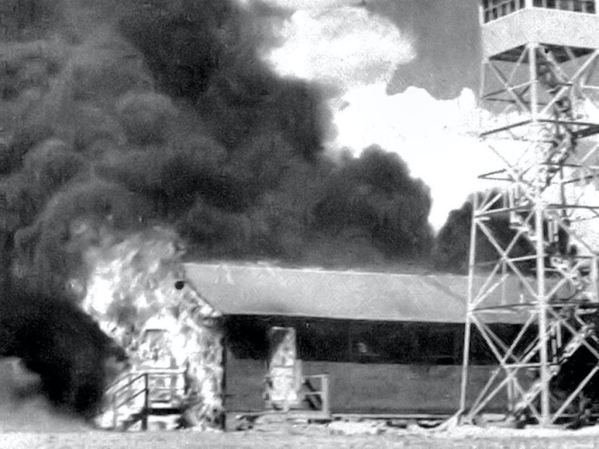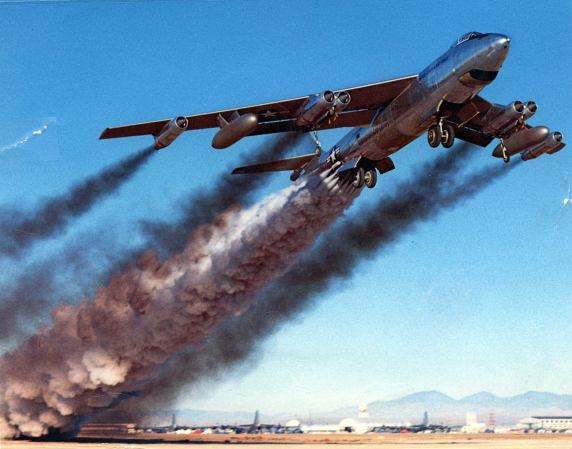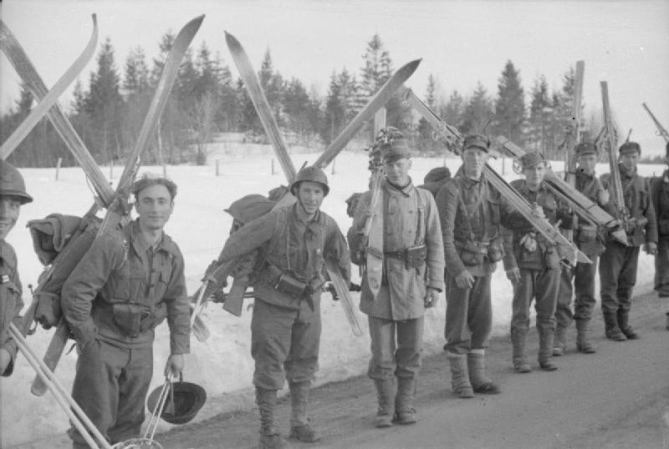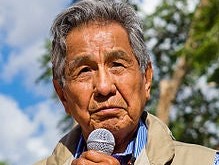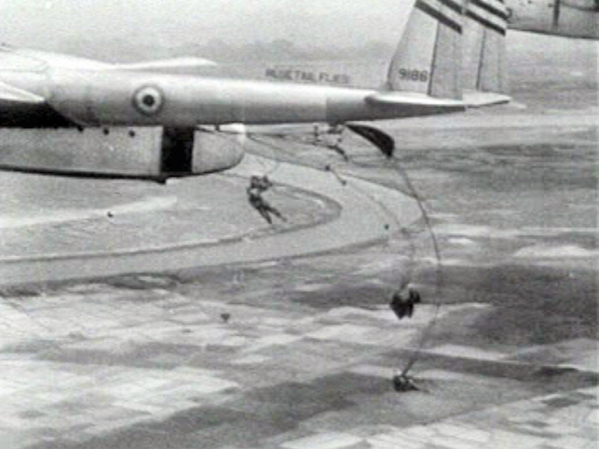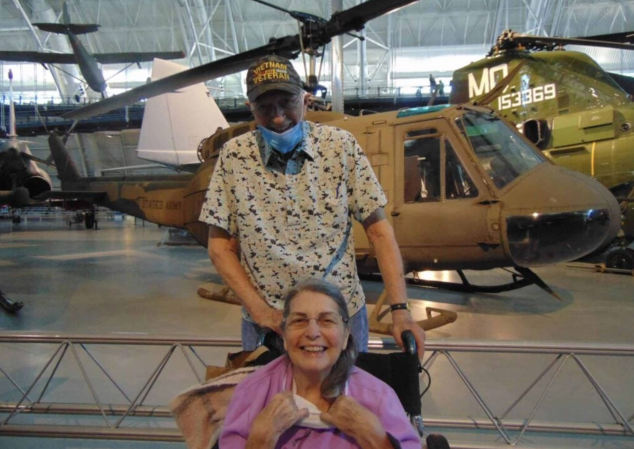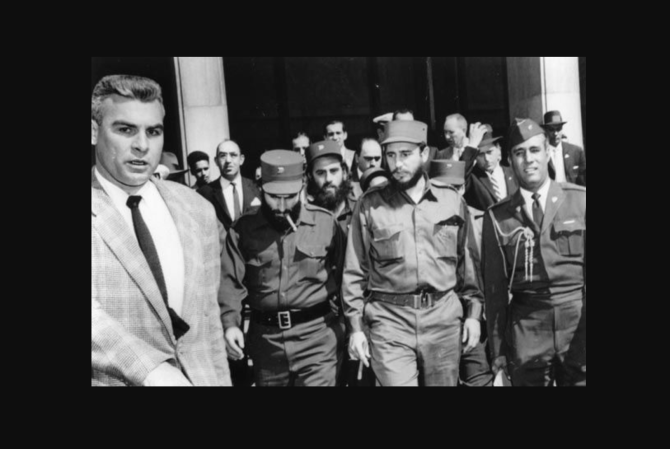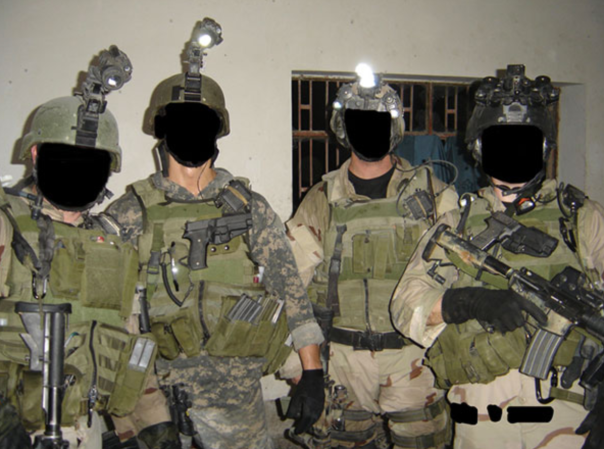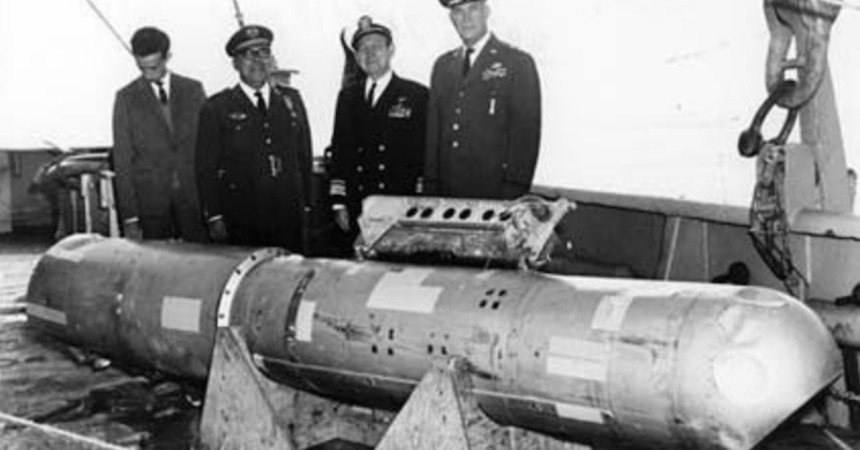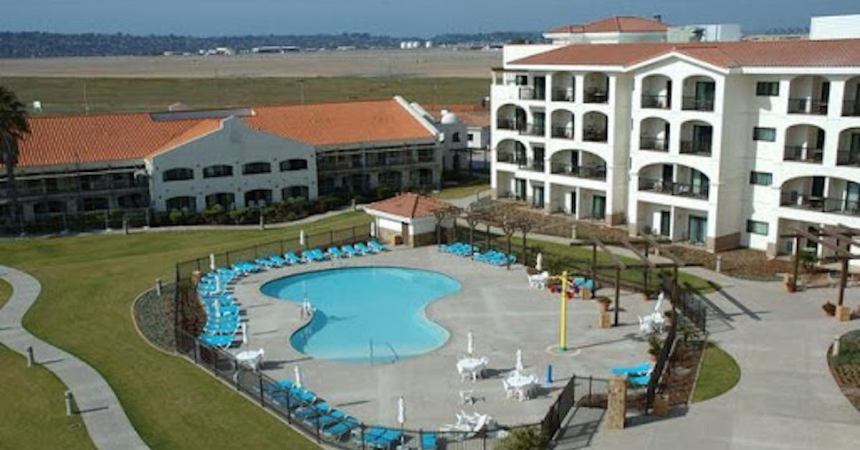Why the United States might need the British government’s approval to do anything after the year 1776 might seem baffling to some but when it came to science and technology, the two countries worked closely together in World War II.
After the United States entered the war, work to develop scientific advancements and technology progressed at a furious pace, especially in the realm of atomic weapons. The two countries pooled their best minds and resources into the tech behind the weapons. When the time came to use them against a foe, that same agreement stipulated that each must have the other’s consent to do so.
Splitting the nucleus of uranium atoms was first conducted as early as 1938, proving that the atomic bomb made popular in H.G. Well’s “The World Set Free” was possible. The biggest problem for the British was that the first successful fission test was conducted in a lab in Adolf Hitler’s Nazi Germany. The British got right to work on the technology themselves, calling the project “Tube Alloys.”
A British scientific mission to the United States only furthered the U.S. interest in developing nuclear weapons. As Britain didn’t have the money to develop them, it looked to the United States to collaborate on the project. After the Japanese attack on Pearl Harbor brought the United States into World War II, the necessary funds became available.

The U.S. effort at a nuclear bomb, codenamed the Manhattan Project, absorbed the British Tube Alloys project and soon outpaced any work the British had done. The British were concerned their help was no longer needed and they would soon be pushed out. Once the Americans realized it too, the British were cut off from information about the weapons’ development.
After some protests, pleading and negotiations, the United States government finally agreed to reconvene sharing nuclear secrets with the British. The Americans wanted a good post-war relationship with the UK. A formal agreement was drafted to be presented to President Franklin Roosevelt and Prime Minister Winston Churchill at the upcoming Quebec Conference in 1943.
The conference was supposed to be a meeting about the upcoming invasion of France in 1944, codenamed Overlord, knocking Italy out of the war and ramping up attacks on Japan. They also signed the Quebec Agreement, the final negotiated treaty concerning the two Allied countries and nuclear weapons.
With the information exchange, the agreement stipulated that they would never use nuclear weapons on one another, and that if either of them were going to use them against another country, they would agree to get the consent of the other signatory first.

Delegations from the two countries would meet semi-regularly in a meeting of the combined policy commission to commiserate on the information discovered since the previous meeting and any other relevant information. On the July 4, 1945 meeting, American Secretary of War Henry Stimson asked for their British counterparts’ support in using them against Japan.
The British delegates fully supported the use of the bomb. A few weeks after this meeting, atomic bombs were dropped on Hiroshima and Nagasaki, Japan.
Although the details of the Quebec Agreement were not published until long after World War II was over, the actual consent given by the British for using the bombs wasn’t declassified until 2016.



